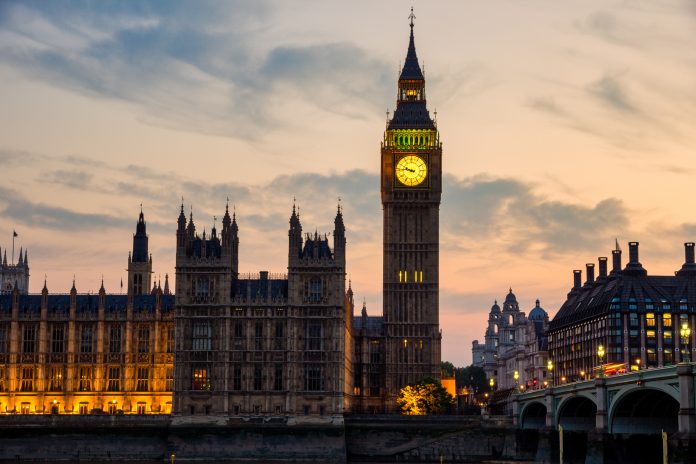A new Government Property Strategy has been announced, promising to release £2bn in property savings by selling off property and moving jobs out of London
As part of a new Government Property Strategy, announced by Minister for Brexit Opportunities and Government Efficiency Jacob Rees-Mogg, the government will sell £1.5bn of property assets over the next three years and projects such as the Government Hubs programme will see government staff consolidated into fewer buildings.
£500m of savings will also be made by reducing operating costs, using modern building materials and energy sources, and cutting spend on leases.
Cutting costs on leases and spending across the government estate
The government estate is made up of hundreds of thousands of assets, from prisons and courts, to schools and museums, hospitals and health surgeries, job centres, military bases, administrative offices, and many more, spread all around the UK.
It will also ensure the Government estate supports delivery of the 25 Year Environment Plan and the Greening Government Commitments. Progress has already been made in this area with emissions from the government estate having fallen 57% since 2009.
The strategy outlines other successes which have already been delivered. These include reducing water consumption by 14%, and reducing the overall waste products from departments by 51%.
A key commitment of the Government Property Strategy is to invest more in regenerating derelict public land
The strategy also pledges to invest £300 million in grant funding, helping to unlock smaller, brownfield sites across England for housing through the One Public Estate (OPE) programme.
OPE, which is delivered in partnership with the Department for Levelling Up, Housing and Communities and the Local Government Association, and has seen numerous success stories.
Examples include in Waltham Forest where the site of an old Library is being regenerated into 67 new homes and a central Family & Homes Hub.
West Suffolk has also benefited through the development of Mildenhall Hub, which has brought education, health, employment, culture and leisure services together working collaboratively under one roof.
Minister for Brexit Opportunities and Government Efficiency Jacob Rees-Mogg said:
“We are cutting the cost of the public estate so that we can return money to the taxpayer.
“This will also help us deliver the Places for Growth programme, which will allow greater savings and mean the government is closer to the communities it serves.”
7,000 jobs have been moved out of London so far- including over a thousand roles relocated to York
The new strategy will accelerate the Places for Growth programme, which is moving 22,000 civil service roles out of London by 2030. The scheme has already relocated 7,000 jobs out of the capital, including 1,389 moved to Yorkshire & the Humber – the most of any UK region.
The Home Office, Ministry of Justice and Department for Health and Social Care have moved more than 500 roles to Leeds while the Department for Education and Home Office contribute to around 250 Civil Service roles now based in Sheffield.
Other areas have also benefited from the programme, with more than 1,000 government jobs newly based in the North West and 550 moved to the North East.

















